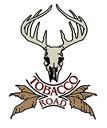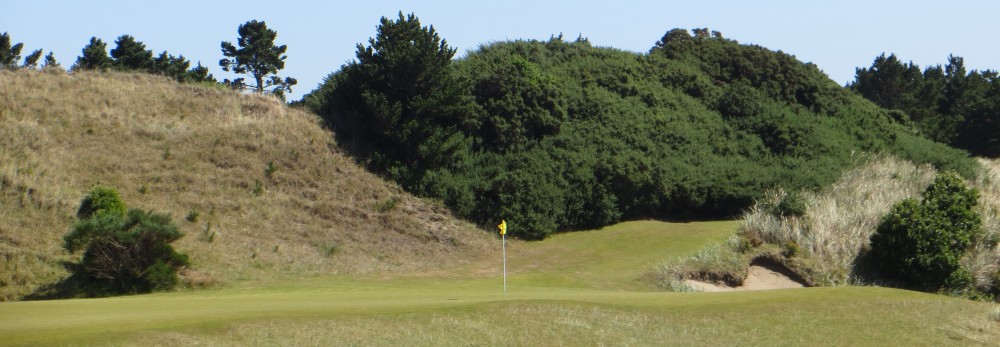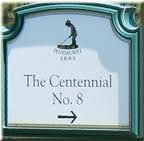 Mike Strantz was one of the real artistic young architects out there. His tutelage under Tom Fazio gave him a real penchant for dramatic design. He built courses with enormous visual appeal and drama with so many memorable holes that the term “Signature Hole” seems to be frivolous when looking at one of his designs. His approach to designing golf courses was to walk the ground with his pastels and his sketch pad and draw the holes as he envisioned them. In spite of the nouveau look of his courses, he had a very old school philosophy about shot values and strategic design.
Mike Strantz was one of the real artistic young architects out there. His tutelage under Tom Fazio gave him a real penchant for dramatic design. He built courses with enormous visual appeal and drama with so many memorable holes that the term “Signature Hole” seems to be frivolous when looking at one of his designs. His approach to designing golf courses was to walk the ground with his pastels and his sketch pad and draw the holes as he envisioned them. In spite of the nouveau look of his courses, he had a very old school philosophy about shot values and strategic design.
(Click here to read a wonderful interview with the designer Mike Strantz)
This course is like Royal New Kent on steroids-the challenges are daunting-often layered on top of each other for extra effect-very much in the Irish tradition of a good mix of strategic and quirky holes. You will not walk off this course with anything less than awe for the vision and effort it took to create it. If you keep your wits about you it becomes apparent that every hole has a safe way to play and scoring well here is a matter of carefully choosing which challenges to take on and which to ignore.
The par five first hole is a perfect example of this-he presents you with a series of pumped up challenges you just need to ignore. There is a conservative three shot sequence that needs to be heeded or else you can start off your day with a very bad number. All the par 5’s are three shot holes to all except the testosterone junkies. The vast waste areas on these holes bait you to go for what appears reachable in two.
The overall yardage is not overwelming but the 71 par makes that a bit of an understatement. The par 3’s are all very short so there is extra yardage available to the four pars and he uses it. Landing and layup areas throughout the course are much more generous than they appear to the eye-he has used the waste areas and adjacent mounding to mask the true depth of these areas. You will continually be saying to yourself after your reach your ball- “wow, there is much more to shoot at than it looked from back there”. Good design.
There are quirky holes out here-especially the three pars. Many will call these holes tricked up or unfair but neither of those terms has a place in the Irish golf realm from whence they come. You simply have to pick a target on the short holes and don’t let the extraneous visual elements get into your head. These are really the holes to stack your card with pars so be disciplined and play for the fat of the these greens.
As with most courses across the pond, this is a course you have to play without scoring expectation. Play a match with your friends and forget the medal score. You can win some money and maybe, just maybe, still be pleasantly surprised when you tally your score at the end how well you fared.
.
Sanford, North Carolina
Architect: Mike Strantz (1998)
Tees Yardage Par Rating Slope
Disc 6304 71 70.8 142
Plow 5886 71 68.6 132
(Click to see complete Tobacco Road hole-by-hole descriptions)















